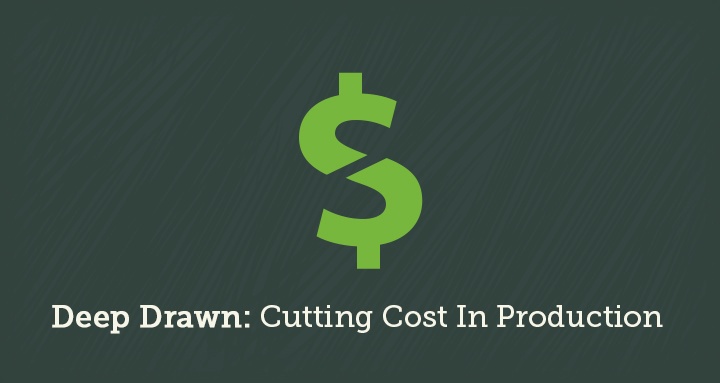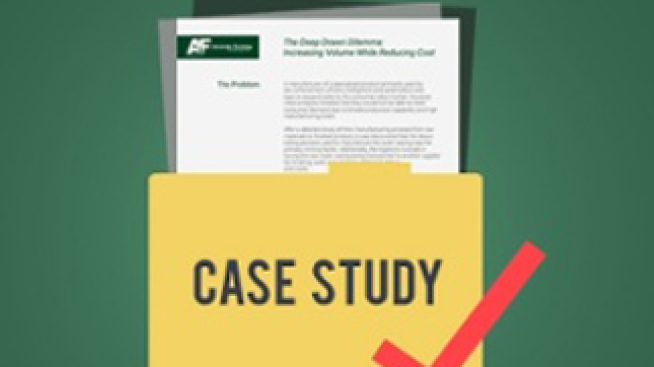Deep Drawn: Cutting Cost In Production
Deep Drawn: Cutting Cost In Production
February 11, 2016

Deep Drawing manufacturing processes offers significant cost efficiency over other manufacturing methodologies. This is particularly true in cases where specific parts have complex geometries or require a high degree of precision and accuracy. Of course, even more cost savings can be achieved with the Deep Drawn process when simple geometries are necessary or parts are required to be seamless. When coupled with the fact that the deep drawing process can reliably be undertaken with a wide range of materials, the potential for cost saving on a per unit basis becomes apparent.
Effective Efficiency
In simplistic terms, deep drawing is a manufacturing process in which a material is drawn into the shape and configuration required. There are different dies and specific processes used by a variety of manufacturers but the process itself is efficient and more effective than traditional stamping techniques. One of the advantages and cost saving aspects is the deep draw process offers minimal material waste as opposed to extrusion or machining processes. Thus there is less excess material and little, if any, waste. When you consider the material cost effect, less waste means more material is going to the product thereby maximizing the efficiency of the material used.
Direct Effects On Costs
The direct effects on costs are numerous, in the ways of producing a low cost, highly efficient alternative to traditional part production. These include;
- Better Material Handling; Meaning less material required to generate a part over traditional manufacturing techniques.
- Higher Volumes lower the per unit cost
- Accurate and Precise Part Production; Less secondaries required, thereby lowering labor costs
While not specifically bearing on the cost analysis of Deep Drawn manufacturing, Deep Drawing has the advantage of producing parts that are tight tolerance, and require significant strength while having minimal weight characteristics.
Combined, all of the above create an opportunity for lower per unit costs as well as cost savings for a project, which becomes apparent in multiple part end products. Thus providing the opportunity to put a cost effective and efficient process at your disposal.


